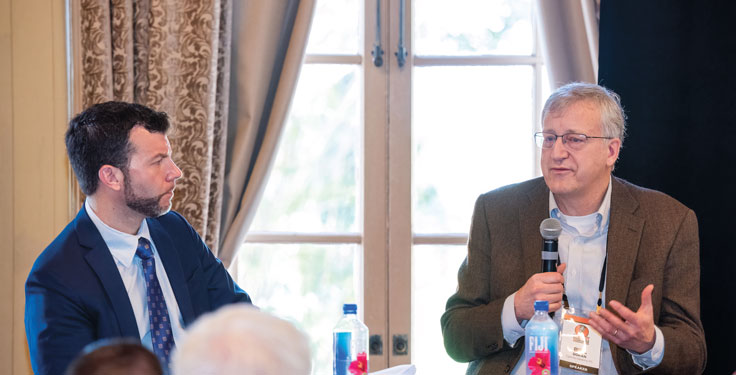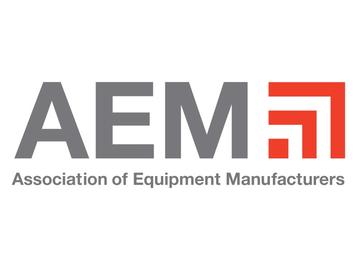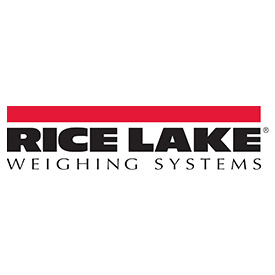P&Q: Have you heard about any other issuances of POV notices since the development with Morton Salt? Do you expect to see additional press releases about operations that met criteria for POV as 2023 unfolds?
DORAN: No, there haven’t been any more POVs at this point. As I mentioned, there are a number of companies on corrective action plans and are very close. There’s a framework for these corrective action plans that MSHA has set out on its website. These plans contain everything from agreements for increased training, to putting in special action teams that are going to focus on specific types of maintenance and housekeeping that may have been identified in the violation history that’s produced the potential pattern.
These corrective action plans contain benchmarks, as well: reducing the number of S&S citations by 50 percent, bringing the S&S rate per 100 inspection hours below the industry average. Corrective action plans can be very onerous, but it’s probably better than the alternative, which is having inspectors running around after a notice, shutting down pieces of equipment and pulling people back, which, in some cases, can effectively shut your operation down.
P&Q: It seems like 2023 has been targeted as the year for a crystalline silica rule. Do you see a rule finalizing this year? What’s next for silica?
DORAN: MSHA’s crystalline silica standard went to OMB (the U.S. Office of Management & Budget) [in late January], which means they’re going to do their analysis, probably have it for about two or three months and then we’ll probably see the proposed rule issued. We’re still a ways away from something being put in place, and no one’s actually seen it yet. If we had to guess, it’s probably going to look a little bit like the OSHA (Occupational Safety & Health Administration) standard in that it’s going to cut the permissible exposure limit in half. But that’s where it stops in terms of what we think is going to happen. The regulatory agenda says April is when MSHA expects to roll out with the proposal.
P&Q: Are there any other proposed rules you expect MSHA to pursue this year or beyond?
DORAN: Crystalline silica has taken all the bandwidth at MSHA in terms of its rulemaking efforts. Once a crystalline silica rule finally gets released, I think they’re going to have time to start focusing on other things.
From a metal/nonmetal perspective, other than the powered haulage proposed rule, there does not appear to be anything major on the horizon. In 2022, a noticeable percentage of fatal accidents were in the machinery category. The agency has historically reacted to fatal accident trends, so that would certainly be an area it might direct its focus.
P&Q: Have you observed – or do you anticipate – any other enforcement ‘tools’ to be deployed here in Year 3 of MSHA under the Biden administration? Whether because of mining fatalities, or for other reasons?
DORAN: The marching orders, as I understood them, when Chris Williamson took over was really to bring enforcement back to its pre-2017 levels. In the last year and a half to two years of the Trump administration, enforcement really dropped off the map from the standpoint of more serious citations. To a certain extent, the agency dramatically dismantled their investigations division. A lot of investigators were sent back into the inspection ranks.
They’ve turned that around 180 degrees, and we’re seeing more people being put into investigations – [and] more investigations. I don’t know that MSHA is necessarily implementing new tools, but they’re definitely ratcheting up the old tools.
I think that what you’re going to see when the 2022 numbers are out is that there’s going to be a bit of a spike in terms of more serious enforcement. Maybe not in terms of number of citations, but certainly in terms of higher gravity citations.
P&Q: How would you describe the dynamic right now between mine operators and contractors when it comes to MSHA? Where could both parties possibly do better?
DORAN: We’re continuing to see a lot of dual citations to mine operators based on violations that are issued to contractors.
Everyone who works in this industry, whether you’re a contractor or mine operator, has a cautious cooperative dynamic in terms of their work with each other. They understand that, under the Mine Act, they’re all in it together. They realize that you can receive a citation based on something the other person does if, for instance, your own employees are exposed to the hazard that the other side has created, or you’ve somehow contributed to the creation of that hazard.
MSHA really uses that to put pressure on mine operators to make sure they’re doing things like verifying the contractor has all of their training. But it’s a two-way street. Contractors need to ask questions, as well. They need to find out what is expected from the mine operator and make sure they know where they can go and where they can’t go so they’re not putting people in positions where they’re being exposed to something they haven’t been prepared for.
P&Q: What are your impressions of MSHA assistant secretary Christopher Williamson? Has he surprised you in some ways in terms of how he’s led or the items he’s prioritized (or not prioritized)? What more might we expect Williamson to prioritize in the year to come?
DORAN: He’s ratcheting up his enforcement mechanisms and making sure the agency has a tougher enforcement and investigation profile. I think he is doing what we anticipated he would do. There was a real focus on getting things back up and running – not that they weren’t running during the previous administration, but, clearly, there was a different enforcement emphasis.
There’s no question enforcement has increased. I think we’re going to continue to see that. You’re going to see that in citation numbers and in the gravity of the citations being issued.












